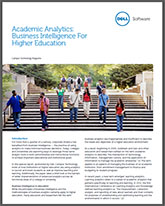One approach to consider when organizing, planning, and reflecting on
instruction that embraces student diversity is to make Diversity, itself, a
focus of learning. Below are a good number of links to materials that reflect
different facets of this approach. Care to add to this list? Either leave a
comment in the blog or email Professor Gura your suggestion to be included in
the list.
- Teaching
Diversity: A Place to Begin
Using
Childrens’ Literature to Teach Diversity
- Resources for Teachers and Librarians
http://www.cbcdiversity.com/resources/teachersandlibrarians
- Culturally Responsive Instruction
Creating Culturally Responsive Communities
- Teaching
Tolerance
http://www.tolerance.org/
- Global
Lives Project
http://globallives.org/participate/educate/?gclid=CIj7ls_HzcQCFUlp7Aod8zUAhQ
Visual Art
(Visual Art and Technology? – FYI: www.visualartunits.blogspot.com
·
(print book) Art from Many Hands (this one
gave me endless amounts of inspiration when I was a classroom teacher!)


 Teachers create grids of questions
Teachers create grids of questions Students respond with video
Students respond with video Everyone views and shares
Everyone views and shares


 Remember the old joke about the guy who goes to the doctor
and says, "It hurts when I do this?" Yeah, don’t do this: This
Remember the old joke about the guy who goes to the doctor
and says, "It hurts when I do this?" Yeah, don’t do this: This